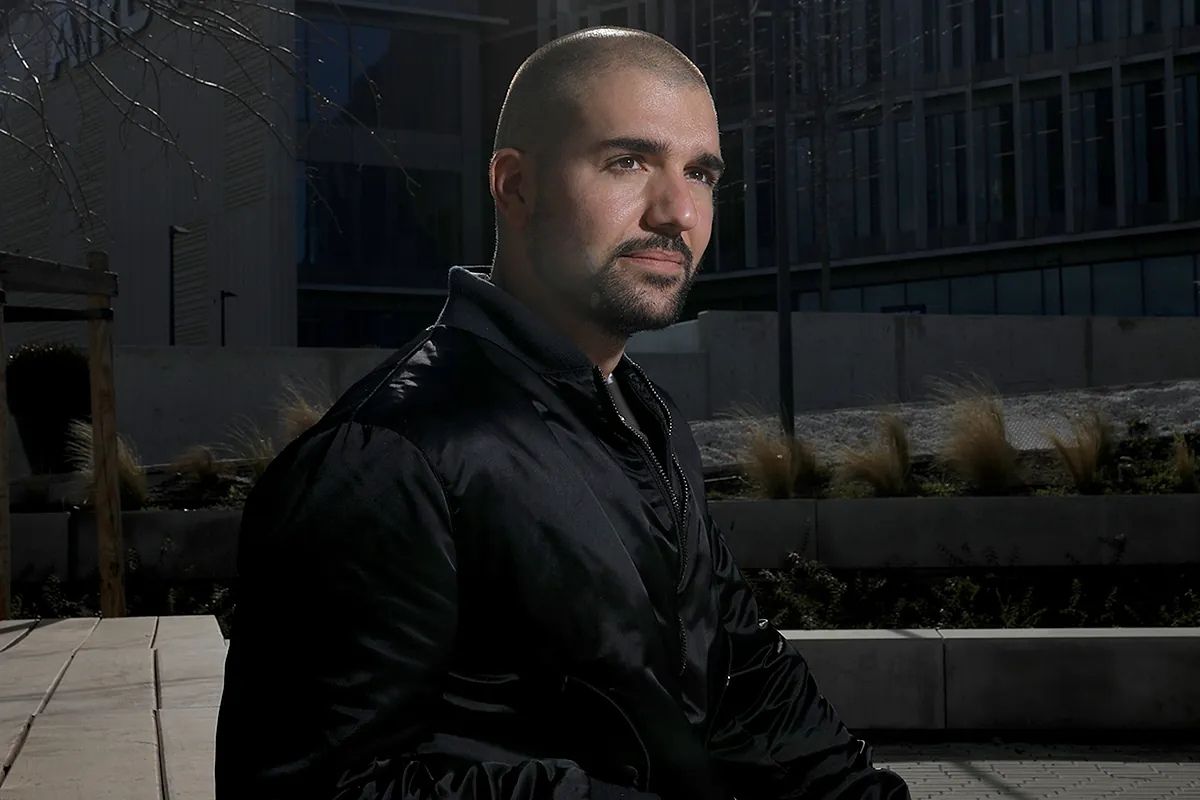Physical Address
304 North Cardinal St.
Dorchester Center, MA 02124
Physical Address
304 North Cardinal St.
Dorchester Center, MA 02124

In less than a week, Spanish engineer Pablo Álvarez Fernández (León, 1988) will fulfill the dream that many children have had at some point in their lives. Next April 22, he will become part of the Astronaut Corps of the European Space Agency (ESA), which practically means he is close to becoming the third Spanish person to travel to space. Until now, only Pedro Duque and Miguel López-Alegría – born in Spain and with American nationality – have achieved this.
“The plan is for me to go to the International Space Station (ISS) between 2026 and 2030 for a long-duration mission of six months,” he says relaxed and smiling during a video conference interview from the European Astronaut Center of the ESA in Cologne, Germany, which is the equivalent on our continent to NASA’s Johnson Space Center in Houston. “I’m very happy, and this year has gone by very quickly because of the many new experiences and activities we have had.”
Álvarez refers to the intensive training program he has undergone with his other four colleagues from the 2022 astronaut class: British astronomer Rosemary Coogan, Belgian-Luxembourgian medical engineer Raphaël Liégeois, French engineer Sophie Adenot, and Swiss doctor and military Marco Sieber. Also, Spanish Sara García Alonso was selected as a reserve astronaut in the same class, so she continues her regular work as a biotechnologist at the National Cancer Research Center (CNIO). “I talk a lot with Sara, we are very in touch,” Álvarez assures.
In November 2022, he found out that he was among the chosen for a position that had 22,523 Europeans apply. He took a leave of absence from Airbus, where he worked as an engineer, and in April 2023, he moved to Germany to begin training. “Until you fly above the Kármán Line [the boundary between the atmosphere and outer space, set at 100 km above sea level], you are not considered an astronaut. But, on April 22, the five of us will go from being astronaut candidates to members of the European corps, and we will be ready to be assigned a mission,” Álvarez explains.
He describes that the training program has both a theoretical part to bring all astronauts to the same level in needed subjects, such as biology, ISS systems, aerospace engineering, fluid mechanics, astronomy, space law, history of space flights, among others. Additionally, there is a practical part which he has enjoyed the most, consisting of training for extravehicular activities (spacewalks) in the pool.
He also mentions experiences such as the centrifuge simulator and survival training in water and snow, emphasizing the importance of being prepared for any scenario. Additionally, he discusses the rigorous physical training to maintain health aboard the ISS and the potential collaboration between different space agencies like NASA and ESA in future missions to the Moon or Mars.


